Remember when a nickel was real money and a penny could actually buy you something sweet? Those days seem like a lifetime ago, back when corner stores had penny candy displays and everything came wrapped in brown paper bags. The world has changed in ways both big and small, and sometimes it’s the little things that tug at our heartstrings the most—those simple pleasures and everyday experiences that defined our childhoods but have quietly slipped away from the modern world.
1. Penny Candy Counters at the Five-and-Dime
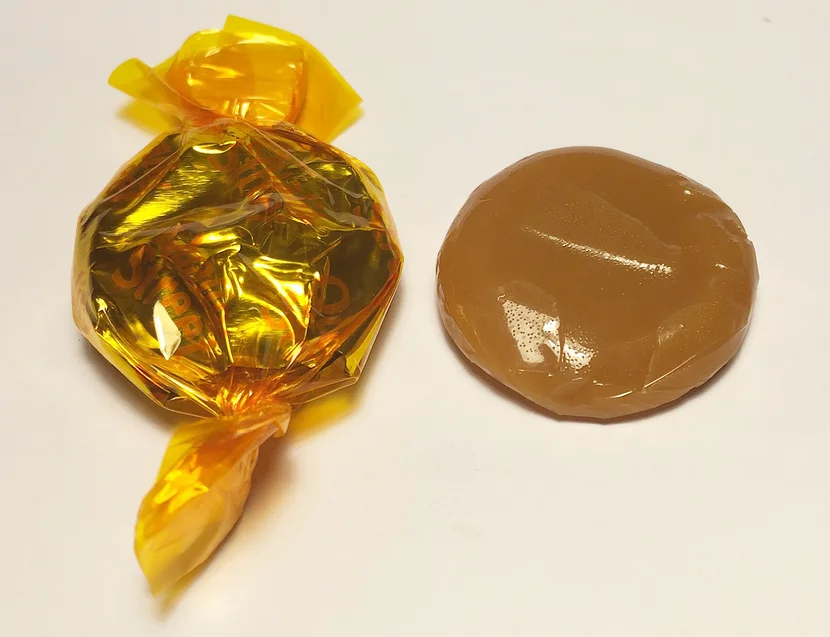
The candy counter at Woolworth’s or your local five-and-dime was a child’s paradise, with rows of glass jars filled with Swedish fish, Mary Janes, and Bit-O-Honey pieces. You could walk in with a handful of pennies from your allowance and spend a good ten minutes deciding between bubble gum cigarettes and wax bottles filled with colored syrup. The store clerk would patiently count out your selections into a small paper bag, and you’d walk out feeling like you’d struck gold.
Those candy counters required real math skills as you calculated how many pieces you could afford with your meager change. The ritual of choosing was half the fun—pointing through the glass at different treats while the clerk used metal tongs to fish them out. Today’s pre-packaged candy aisles just don’t capture that same magic of building your own custom assortment one piece at a time.
2. Brown Paper Bags for Everything

Every purchase came home in a sturdy brown paper bag, from groceries to hardware store finds to new school supplies. The bags had a distinctive smell and feel, and kids learned to roll down the tops just right to use them for lunch bags day after day. Mothers would save the good ones, smoothing out wrinkles and folding them neatly in kitchen drawers for reuse.
Those paper bags served double duty as book covers, art projects, and even Halloween masks with a little creativity and some crayons. The sound of crinkling paper was the soundtrack of unpacking groceries, and every bag had potential for a second life. Plastic bags might be more convenient, but they never had the character or versatility of those reliable brown paper companions.
3. Glass Milk Bottles on the Front Porch
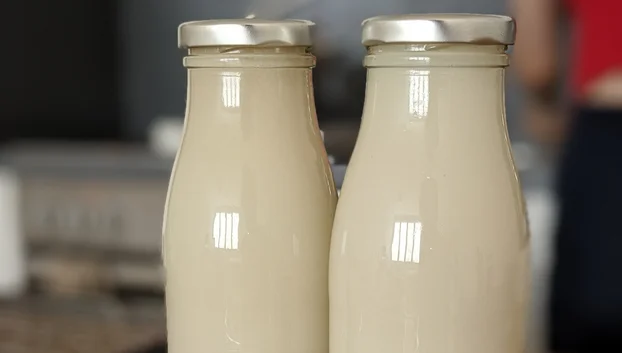
The milkman’s early morning rounds were as reliable as sunrise, leaving fresh glass bottles with cream that separated at the top in a thick, rich layer. You’d wake up to find the bottles nestled in metal carriers on your front porch, sometimes with a handwritten note about your weekly bill tucked under one. The empty bottles went back out the night before pickup, rinsed clean and ready to make the journey again.
That cream layer at the top was pure gold for coffee or cereal, and shaking the bottle to mix it back in was a small morning ritual. The bottles themselves became water glasses, flower vases, or got returned for the deposit money. There was something satisfying about the circular system—nothing wasted, everything reused, and your milk delivered by someone who knew your family by name.
4. Phone Booths on Every Corner

Finding a phone booth was never a problem when you needed to make a call away from home—they stood like red or clear sentinels on street corners, outside gas stations, and in shopping centers. You’d step inside, close the folding door for privacy, and hope you had enough dimes and quarters to reach whoever you were calling. The receiver always felt cold against your ear, and you learned to speak up over the street noise.
Long-distance calls required a pocketful of change and careful timing, especially if you were a teenager trying to avoid the operator’s interruptions asking for more money. The phone book dangled on a metal cord, its pages yellow and worn from countless searches for numbers. These glass-enclosed confessionals witnessed everything from first crushes to family emergencies, offering a moment of private communication in an increasingly public world.
5. Trading Stamps at the Grocery Store
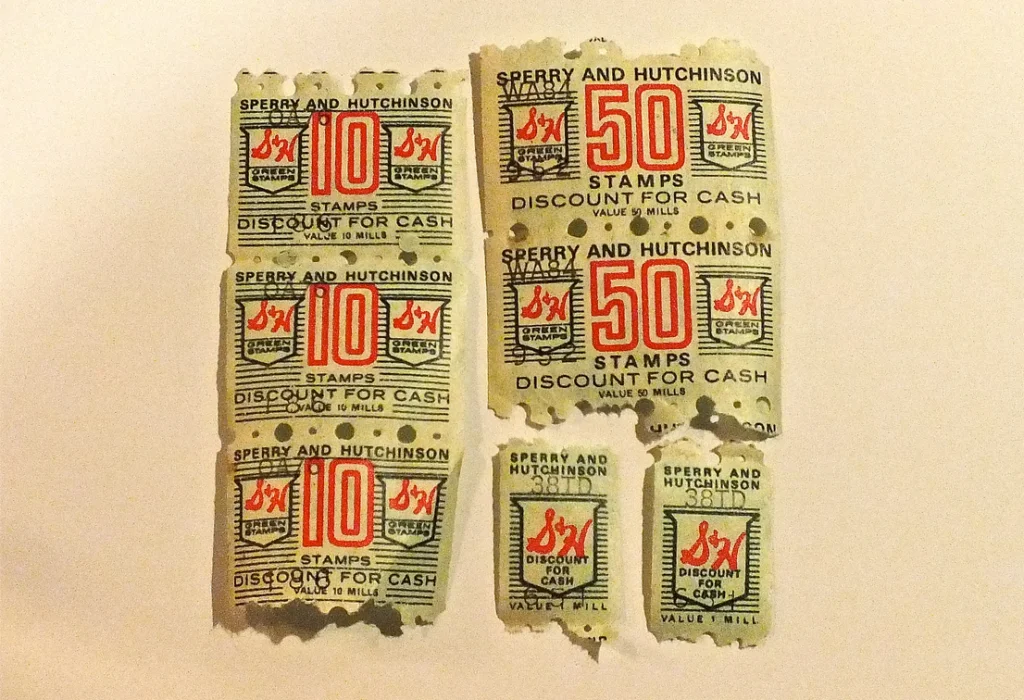
S&H Green Stamps turned every grocery trip into a treasure hunt, with cashiers licking their thumbs to count out perforated sheets based on your purchase total. Families would paste these stamps into books with the dedication of philatelists, carefully filling each page while dreaming of the prizes they’d eventually claim. The redemption catalogs were pored over like Christmas wish books, with everyone having an opinion on whether to save up for the toaster or cash in for the coffee percolator.
Collecting enough stamps for anything worthwhile took patience and persistence, turning routine shopping into a long-term investment strategy. Kitchen drawers across America held partially filled stamp books, waiting for that final shopping trip that would complete another page. The stamps created a sense of loyalty to particular stores and gave families a shared goal, even if it was just working toward a new set of drinking glasses.
6. Five-Cent Coca-Cola from Vending Machines
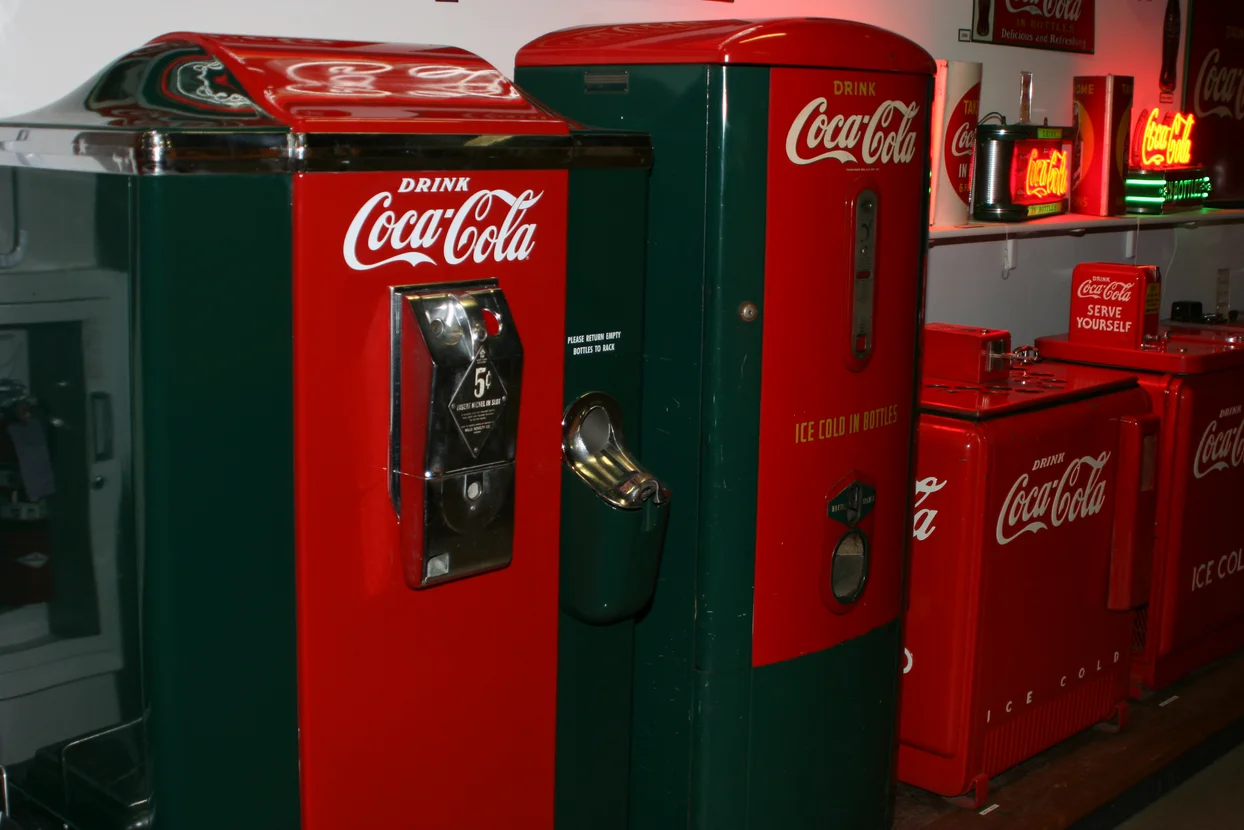
The old Coca-Cola machines were works of art, with their bright red paint and white script lettering, dispensing ice-cold bottles for just a nickel. You’d slide your coin into the slot, pull the heavy handle, and hear the satisfying clunk as your bottle dropped into the dispensing area. The bottles were so cold they’d fog up immediately in the summer heat, and the opener was always attached to the side of the machine with a chain.
These machines had personality, often requiring a gentle shake or precise technique to get them to accept your money. The bottles themselves were thick glass that fit perfectly in your hand, and the Coke inside tasted different somehow—sharper and more refreshing than anything that came later. Gas stations, barbershops, and corner stores all had their own machines, each one a neighborhood landmark that promised relief from the heat.
7. Handwritten Letters in the Daily Mail
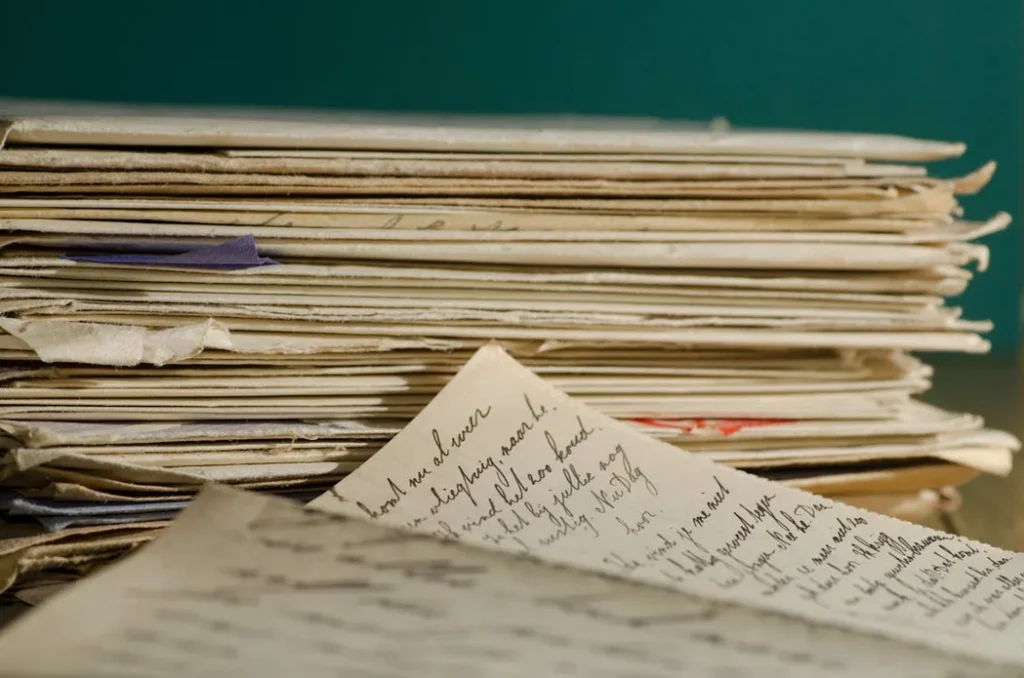
The mail carrier knew everyone on their route by name, and receiving a personal letter was an event worth celebrating. Letters arrived on real stationery or carefully torn notebook paper, written in fountain pen or Number 2 pencil, filled with news that couldn’t wait for the next phone call. You could tell who’d written before opening the envelope just by recognizing the handwriting, and everyone had their own style of folding and addressing.
Writing letters was an art form that required thought and planning, since mistakes meant starting over on a fresh sheet of paper. Families saved shoe boxes full of correspondence, creating accidental archives of their lives written in their own hands. The anticipation of waiting for a reply taught patience, and the physical act of holding someone’s thoughts in your hands made the connection feel more real than any electronic message ever could.
8. Local Diners with Handwritten Menus
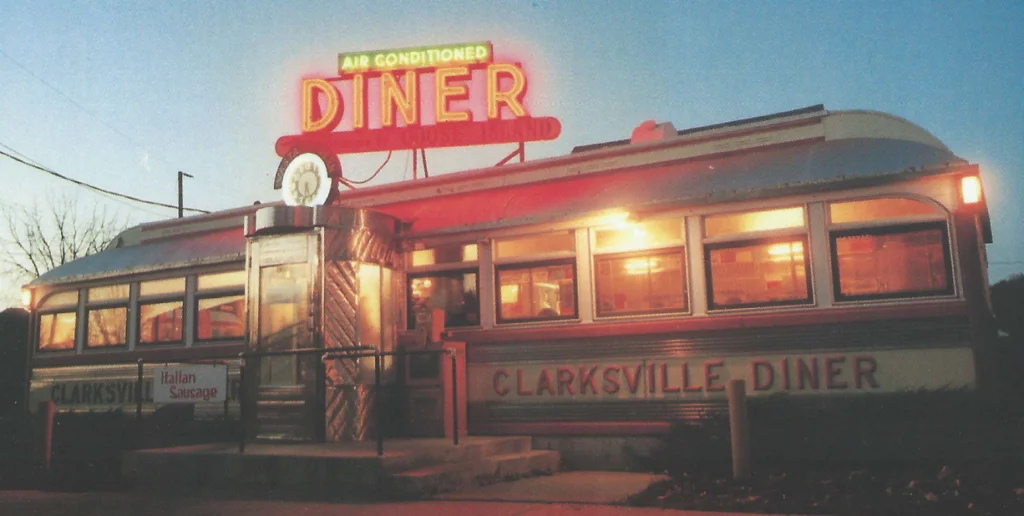
Every neighborhood had its diner where the same waitress had worked for twenty years and knew exactly how you liked your eggs. The menus were often handwritten on index cards, tucked behind plastic covers that had seen better days, with daily specials announced on a small chalkboard by the register. You could count on finding meatloaf on Monday, liver and onions on Thursday, and fish on Friday, no matter which diner you visited.
The coffee came in heavy white mugs that were refilled without asking, and the pie case by the register displayed the day’s homemade offerings under glass domes. Conversations flowed between strangers at the counter, and the grill cook often doubled as the owner, calling out orders and chatting with regulars. These weren’t restaurants trying to be anything fancy—they were community gathering places where good food and familiar faces made everyone feel at home.
9. Television Shows That Ended for the Summer
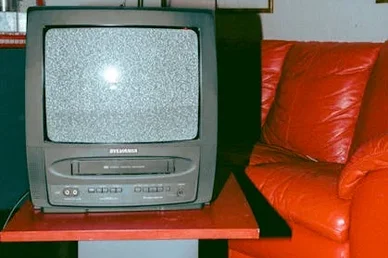
Summer meant reruns, and everyone accepted that their favorite shows would disappear until fall, leaving behind a void filled with baseball games and variety specials. Families would gather around the TV Guide each week, circling the few new programs scattered among the repeats like treasure hunters marking their maps. The concept of a “season finale” meant something when you knew you’d be waiting months to see what happened next.
Those summer breaks built anticipation in ways that year-round programming never could, turning the premiere of a new season into a genuine event. Kids would spend summer evenings outdoors because there simply wasn’t much worth watching inside, creating a natural rhythm between indoor and outdoor seasons. The networks’ programming schedules controlled the flow of entertainment, and viewers adapted their lives accordingly rather than expecting instant gratification.
10. Department Store Layaway Plans

Christmas shopping started in July when stores opened their layaway departments, allowing families to put items on hold with a small down payment. You’d visit your layaway items periodically throughout the fall, making payments and checking that everything was still there waiting for pickup. The layaway clerk knew your family’s financial rhythm and would often call with gentle reminders when payments were due.
This system taught patience and financial planning, turning major purchases into long-term commitments that felt more meaningful when finally completed. Children learned delayed gratification by watching their parents slowly pay for Christmas presents over months of careful budgeting. The final pickup day felt like winning a lottery, walking out with armloads of purchases that had been earned through consistent effort rather than instant credit.
11. Newspapers Delivered by Bicycle
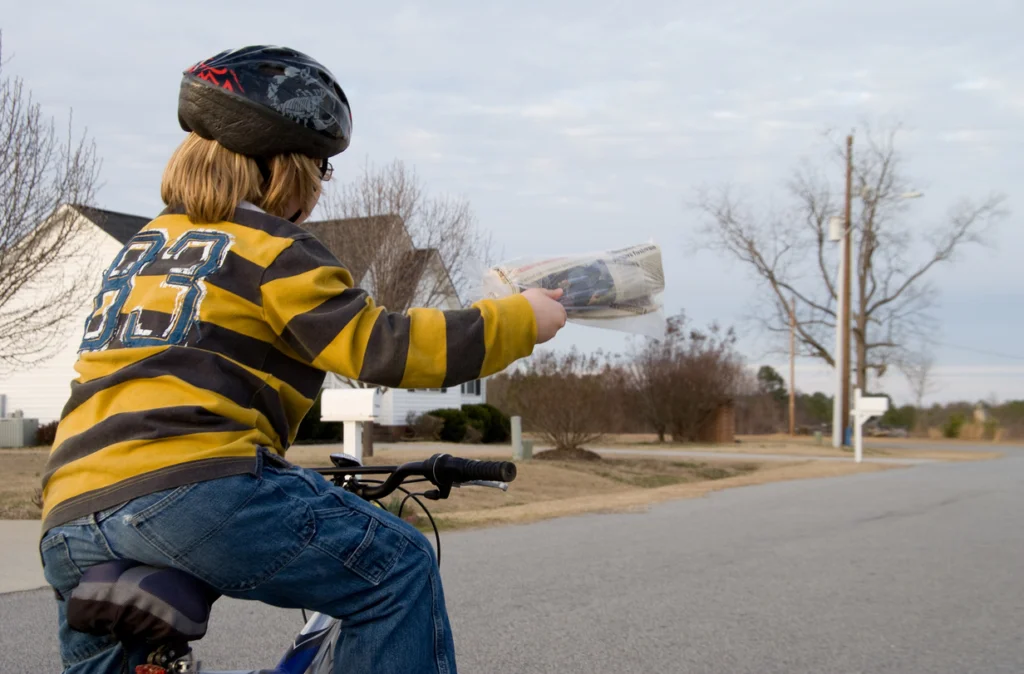
The paper boy knew every subscriber on his route, riding his bike through neighborhoods before dawn to deliver the morning news. These young entrepreneurs collected payments weekly, often waiting patiently on front porches while customers searched for correct change in kitchen drawers. Heavy Sunday papers required special bags and extra effort, but the tips were usually better to compensate for the additional work.
Learning to fold papers for throwing was a skill passed down from boy to boy, with techniques for getting them to land properly on porches and stoops. Rain meant plastic bags and extra care, while snow meant slower progress and frozen fingers. These routes taught responsibility and basic business skills to thousands of kids who learned the value of consistent work and customer service before they were old enough for traditional jobs.
12. Local Banks That Knew Your Name

Your bank manager knew three generations of your family, and opening an account meant sitting down for coffee and conversation about your goals and dreams. Tellers recognized regular customers and asked about family members by name, making each transaction feel personal rather than purely financial. The bank president lived in the same community and shopped at the same stores, creating a level of accountability that made everyone feel more secure.
Banking hours were limited and rigid, but customers planned their financial errands around those schedules without complaint. Safety deposit boxes held family treasures and important documents, with two keys required and a personal escort to the vault downstairs. Free checking accounts came with genuine relationships, and loan decisions were made by people who understood your character as well as your credit score.
The world keeps spinning forward, bringing us marvels our younger selves could never have imagined, but sometimes progress feels more like loss than gain. These vanished pieces of daily life weren’t just quaint customs—they were the threads that wove communities together, creating connections between people and places that modern convenience often struggles to replace. Perhaps that’s why we treasure these memories so dearly, not just for what they were, but for what they represented: a time when life moved a little slower, relationships ran a little deeper, and even the smallest purchase felt like part of something bigger than ourselves.
This story Penny Candy and Paper Bags from the Corner Store, Vanished When Pennies Lost Their Power was first published on Takes Me Back.


